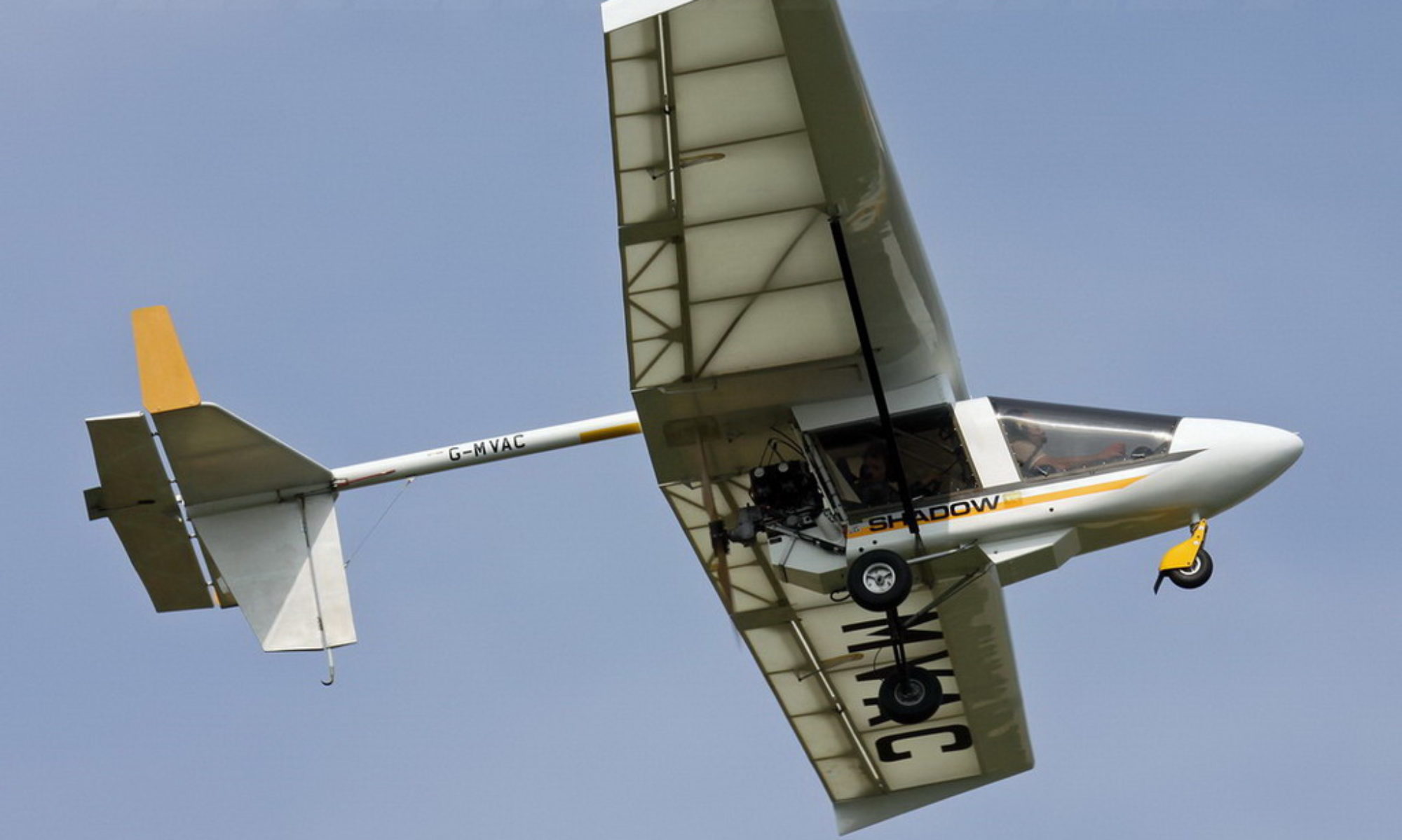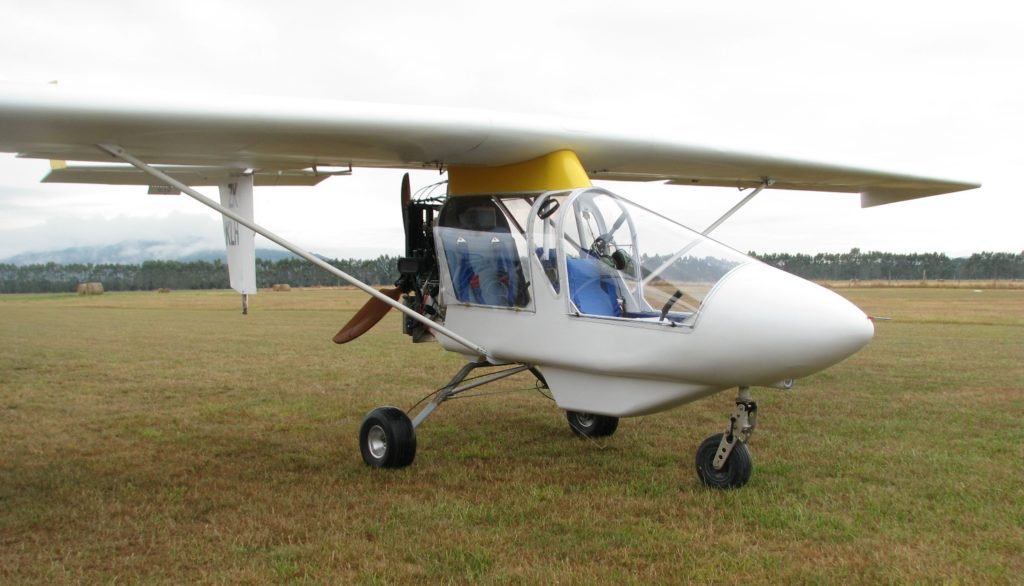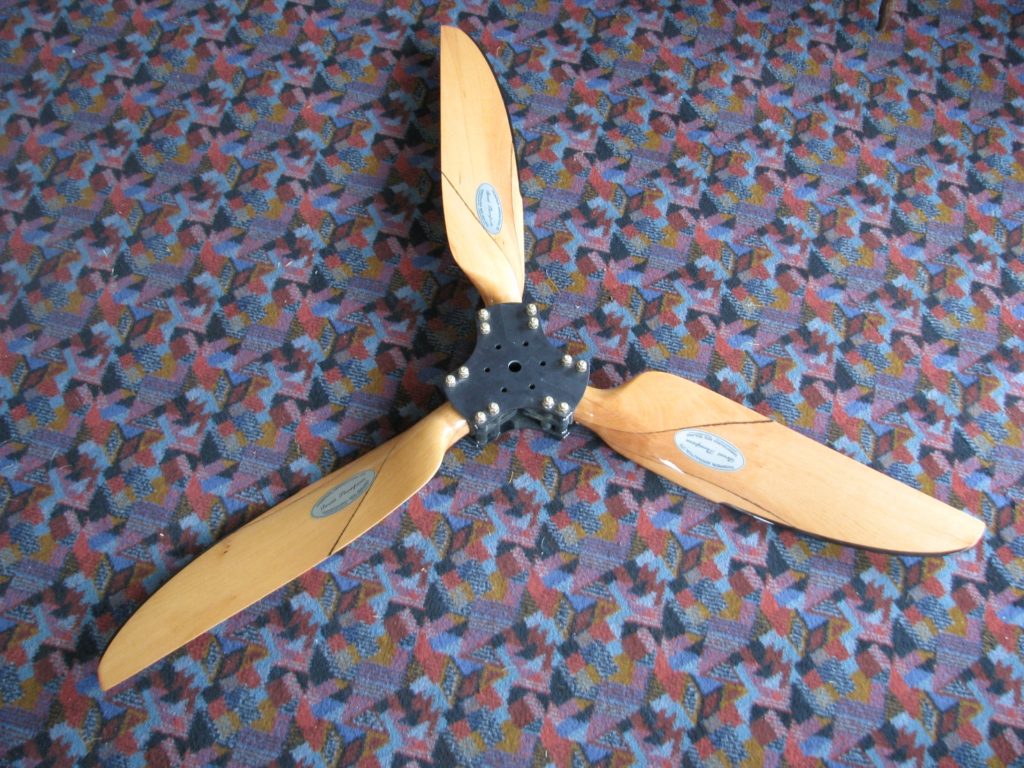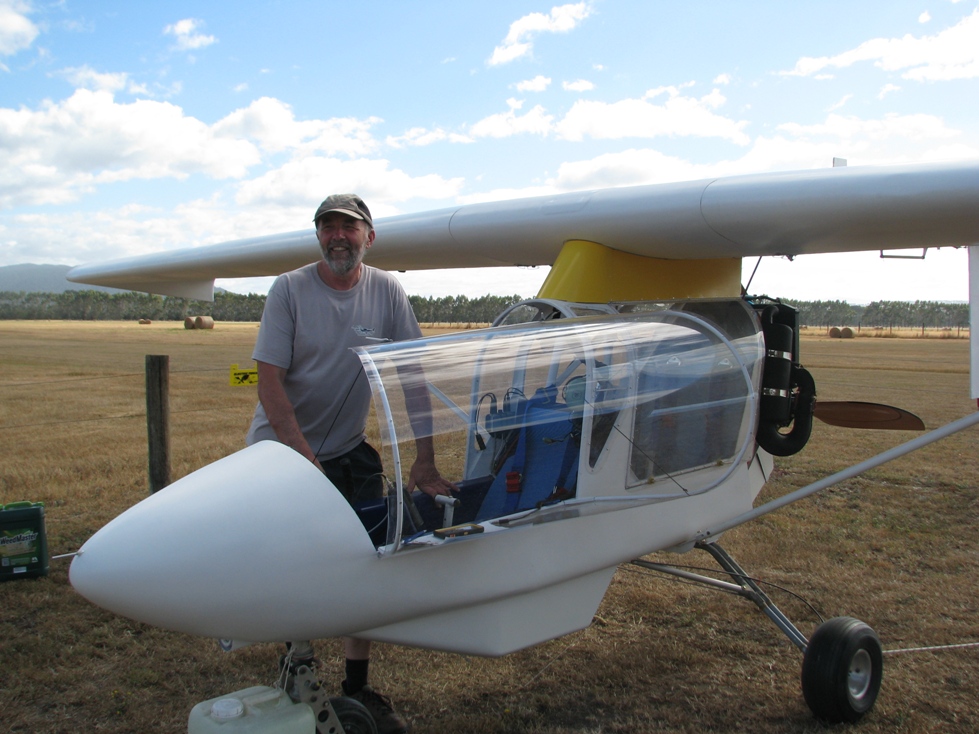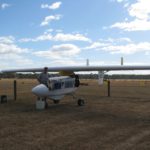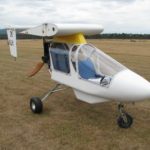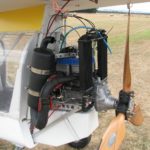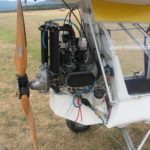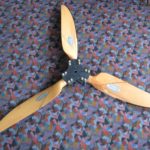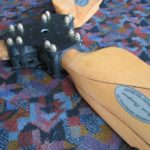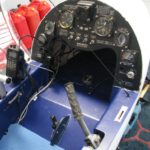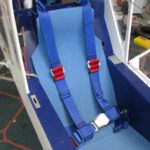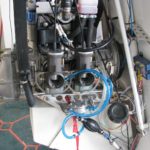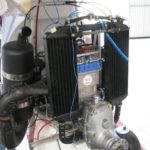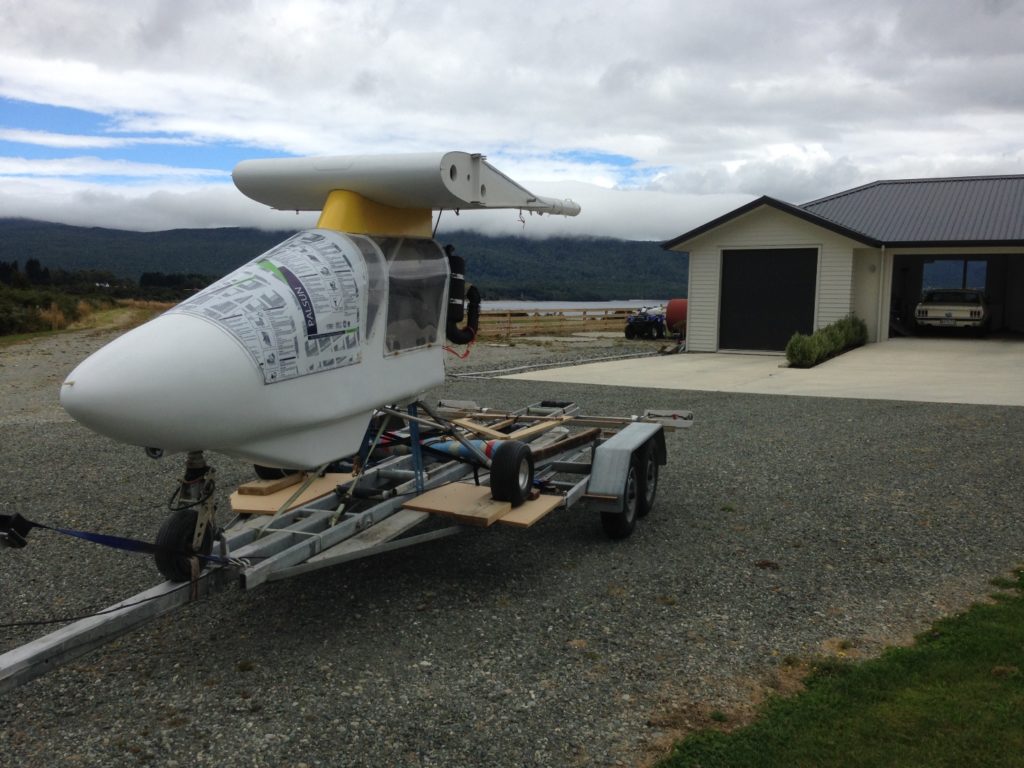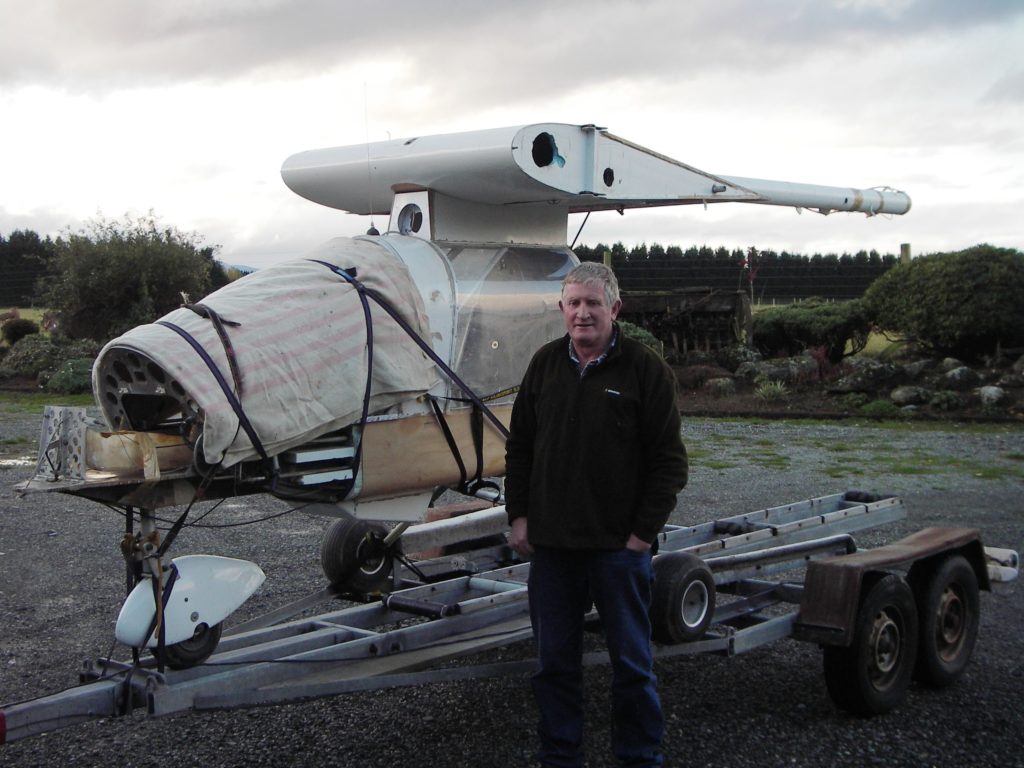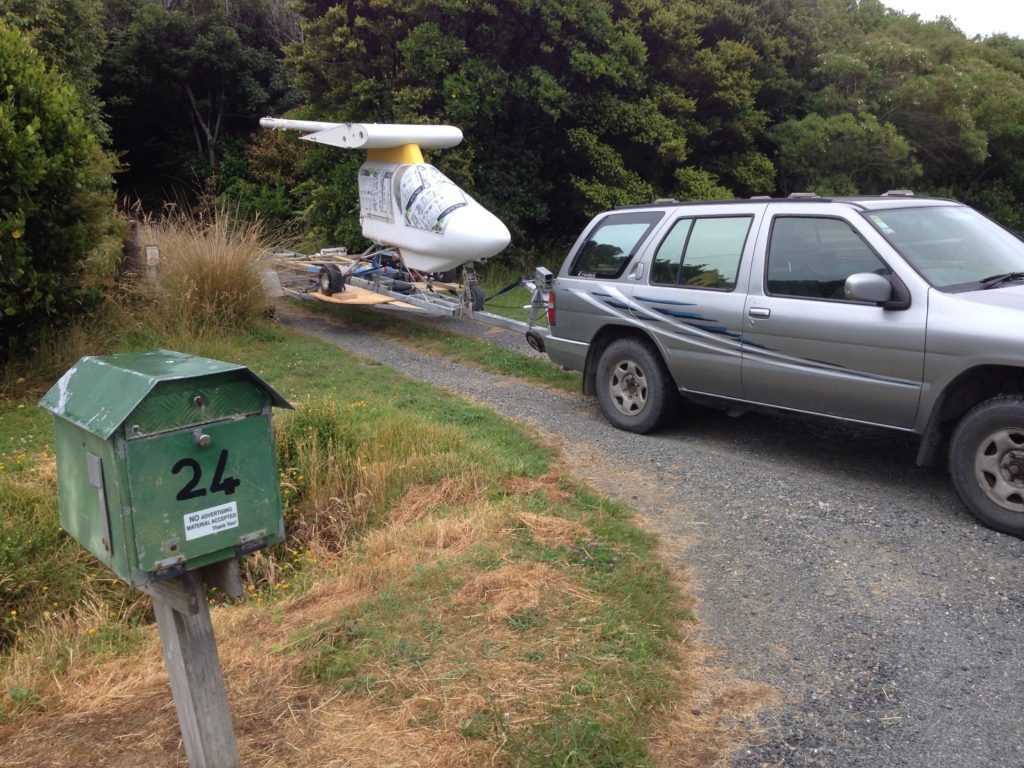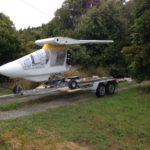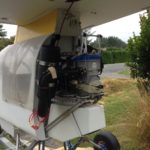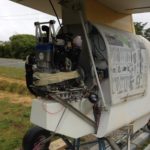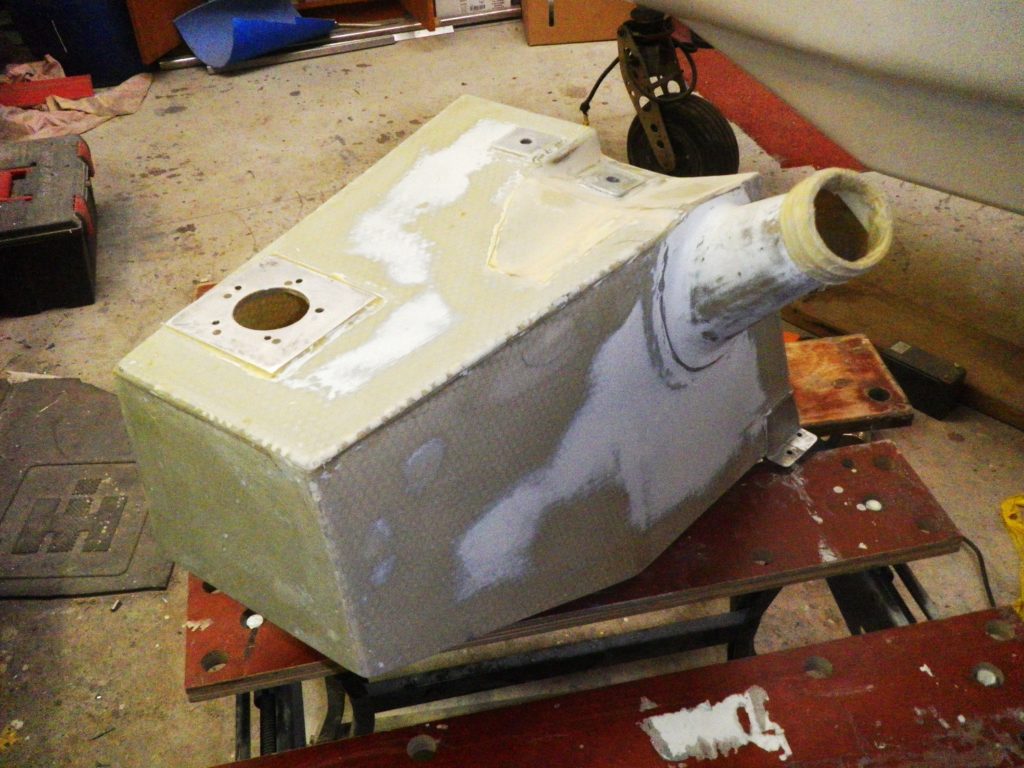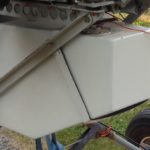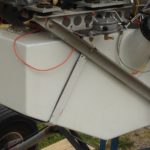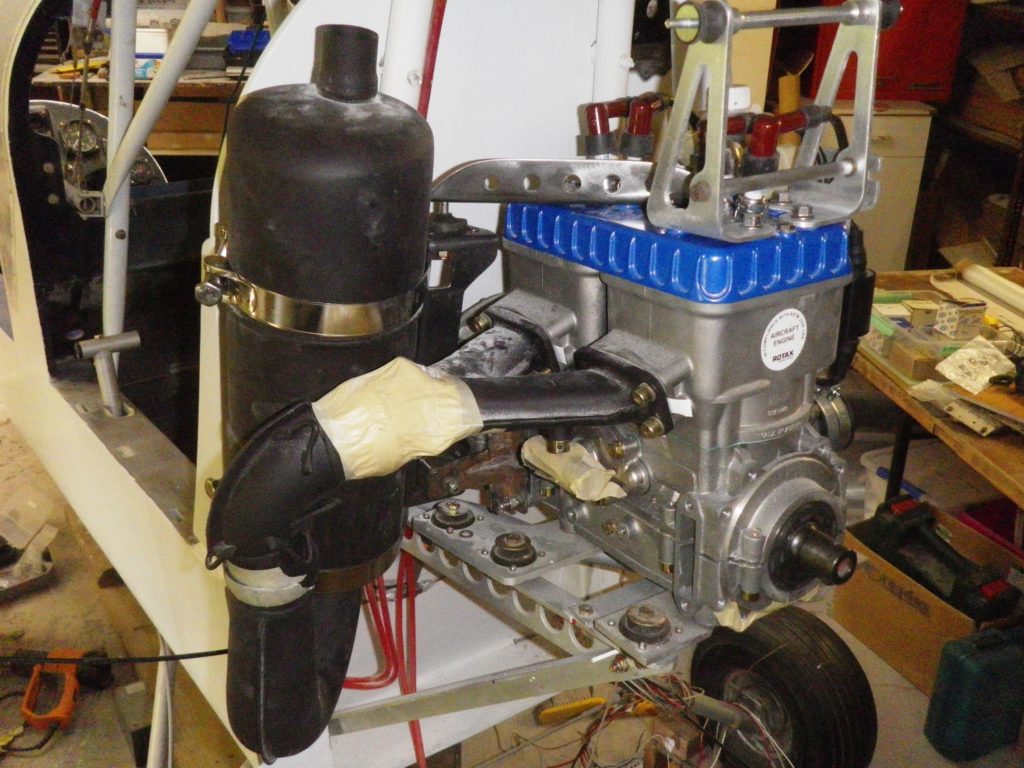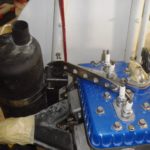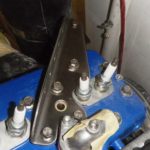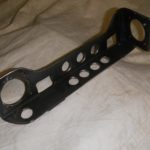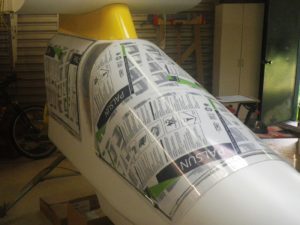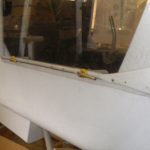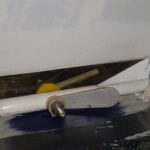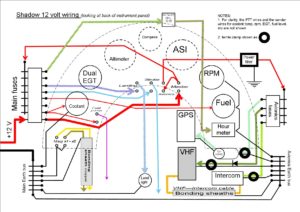Another weekend up at Manapouri Airport getting the Shadow B-D microlight aircraft ready for flight.
This time, the weather was calm and fine. It was ideal for Murray Hagen, the RAANZ test pilot, to carry out high speed taxi tests and short hops.
Murray was pleased with the handling of the Shadow. He found that the right brake wasn’t working and the elevator trim tab needed adjustment, so I had some work to do overnight.
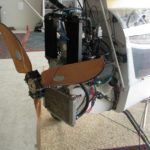
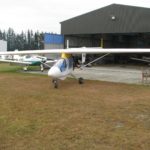
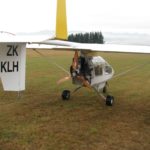
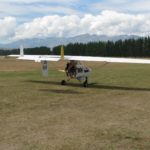
He also wanted more pitch on the new Thompson wooden prop to reduce maximum static RPM. During the day, we kept tweaking the pitch, gradually increasing it to 19 degrees (@ 75% diameter). This process was made much easier by the nifty “Clinometer” app on my mobile phone.
A significant change from last week, was to add a third radiator to keep the engine cool during the ground runs and taxi tests. The twin ‘tall’ radiators only work effectively when in flight, so with the 30 plus degree temperatures that Southland has been having, the Rotax 582 was having trouble keeping cool.
